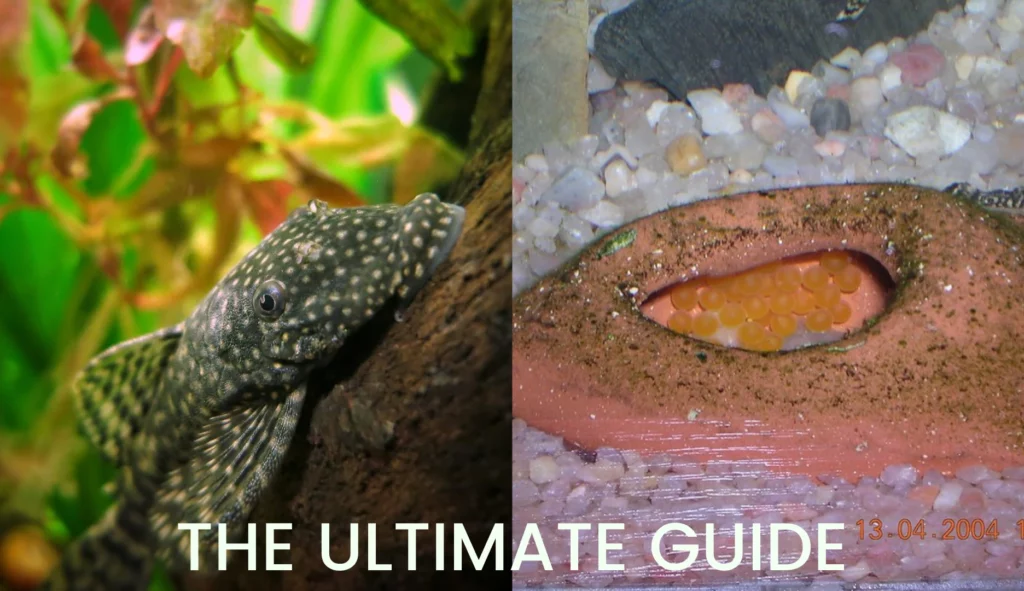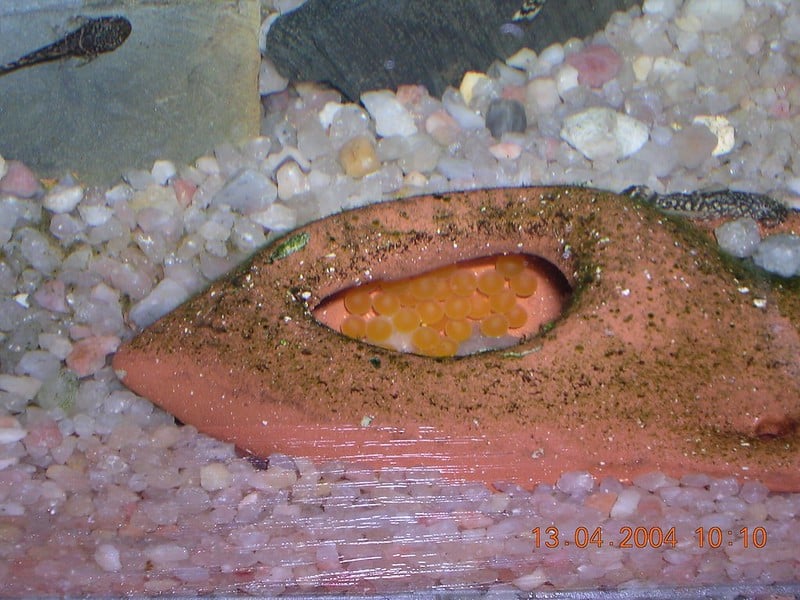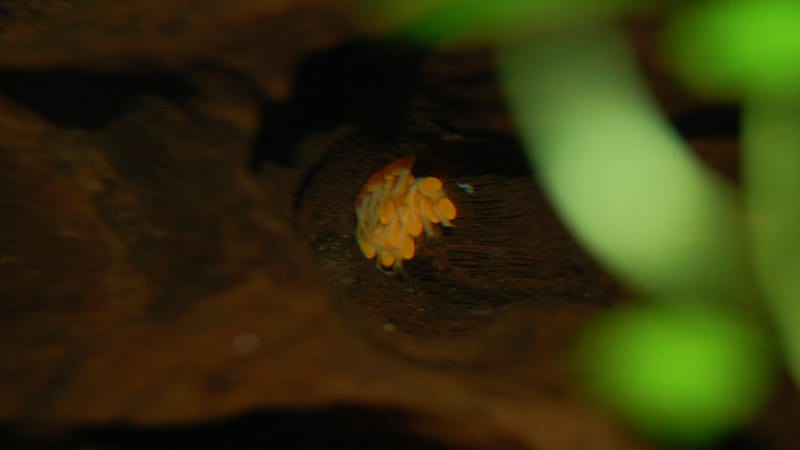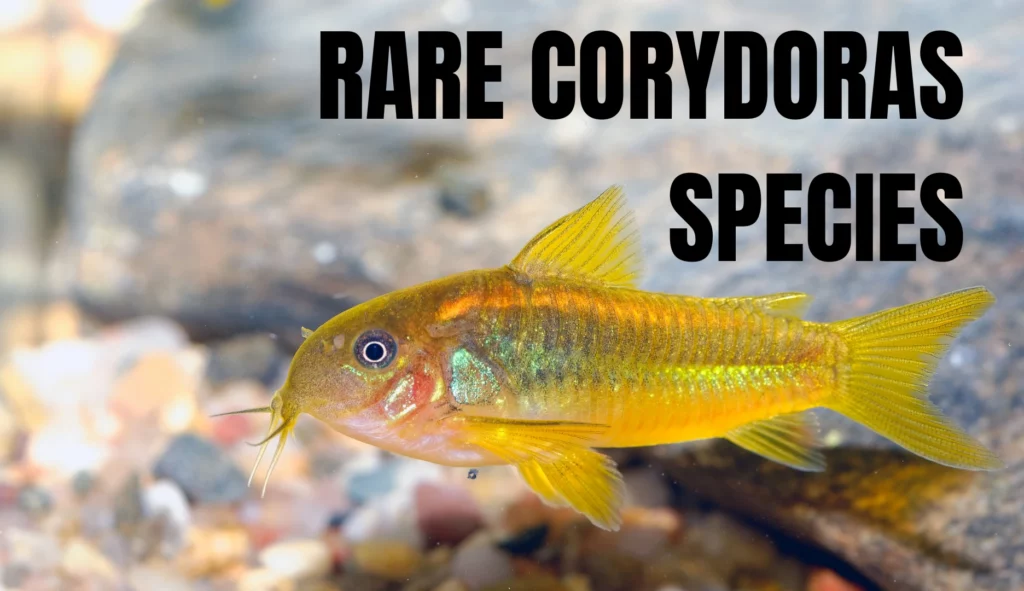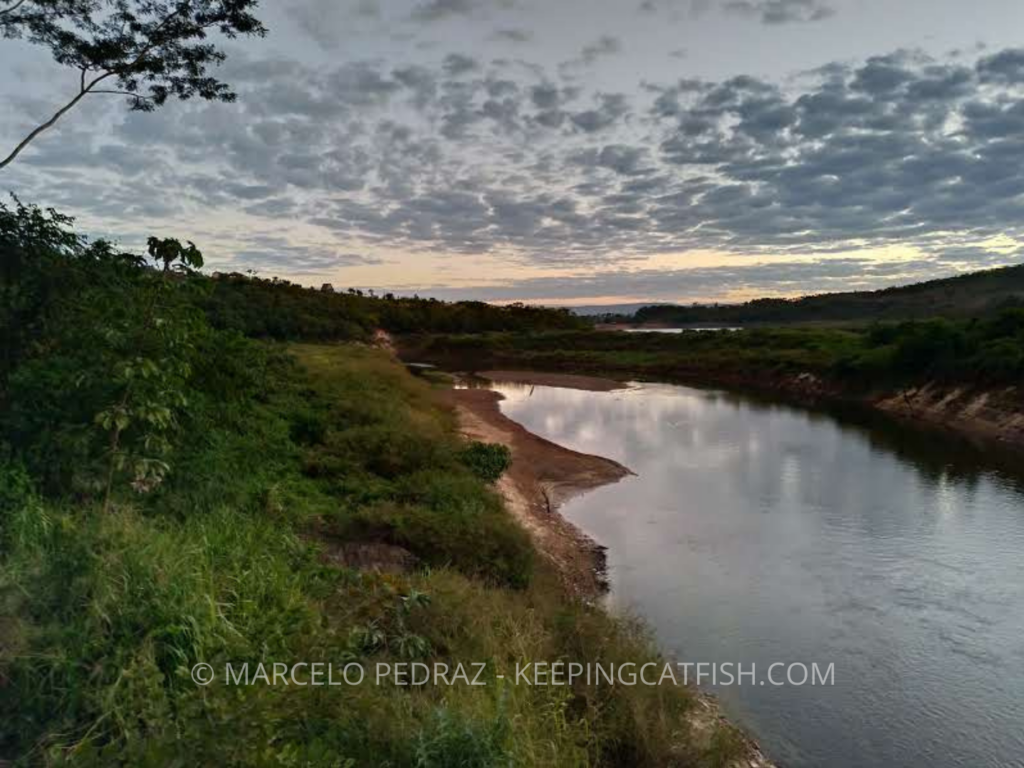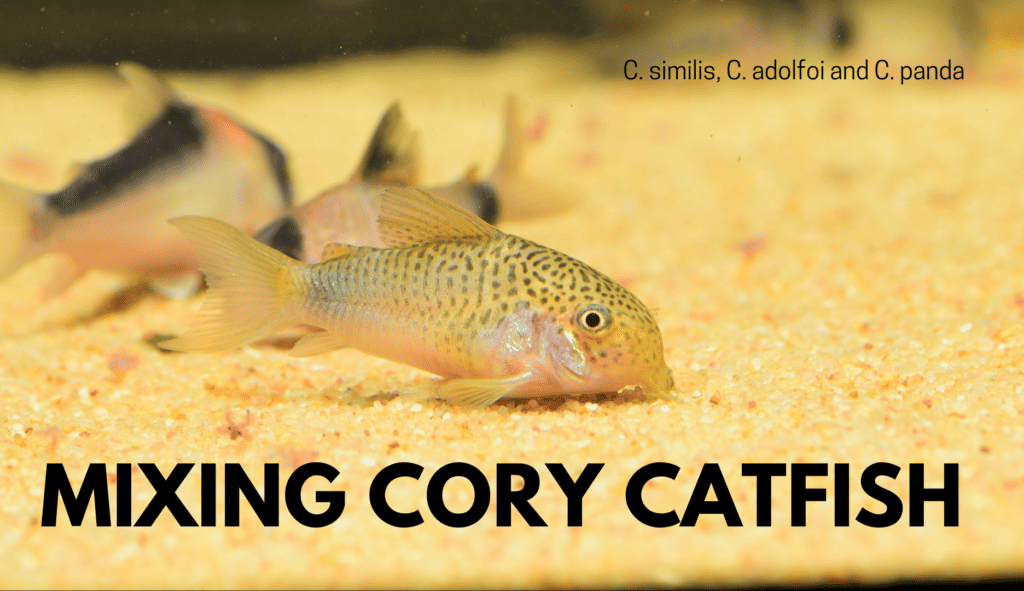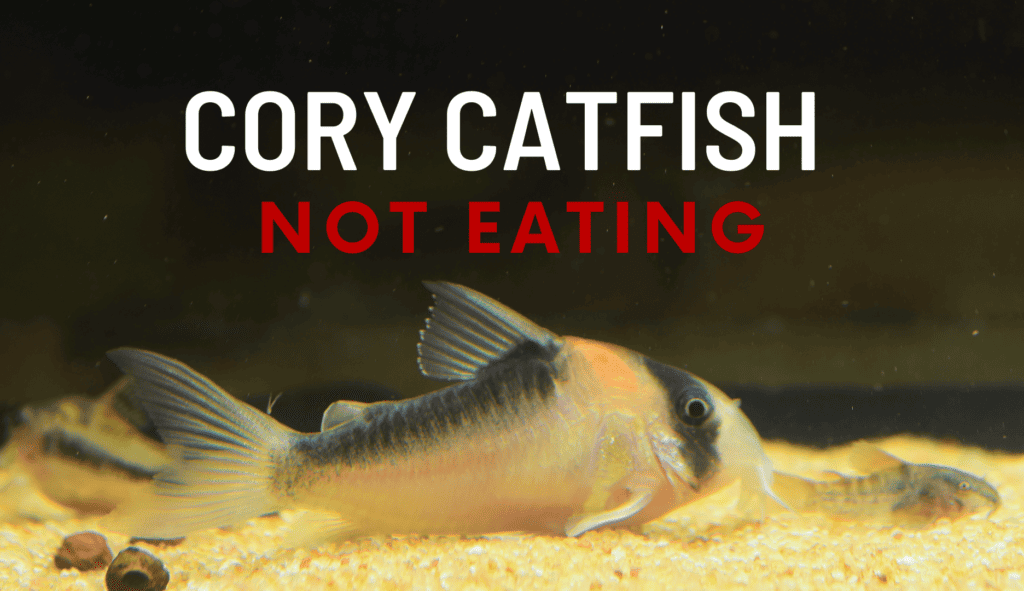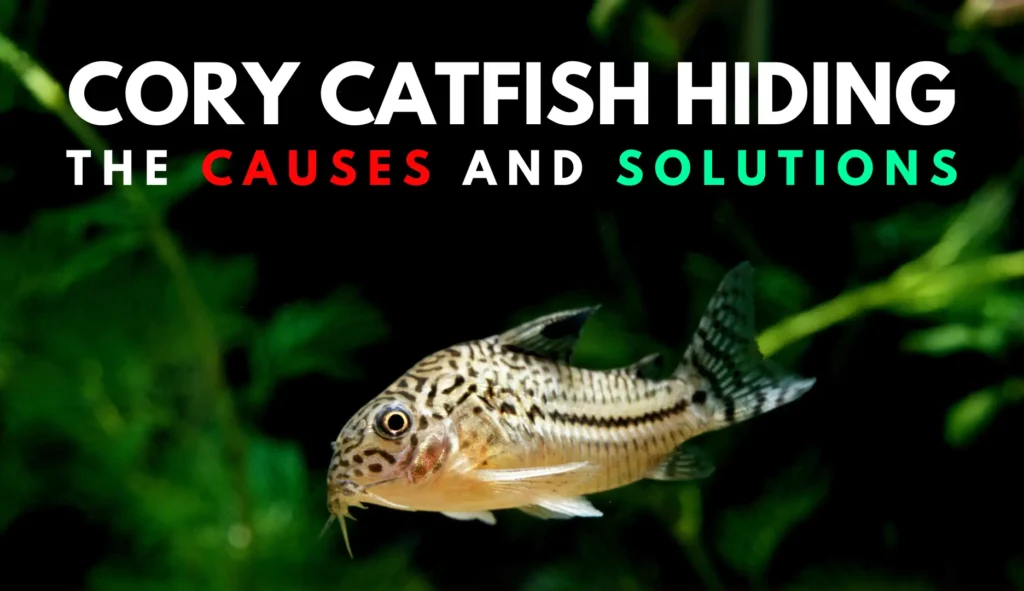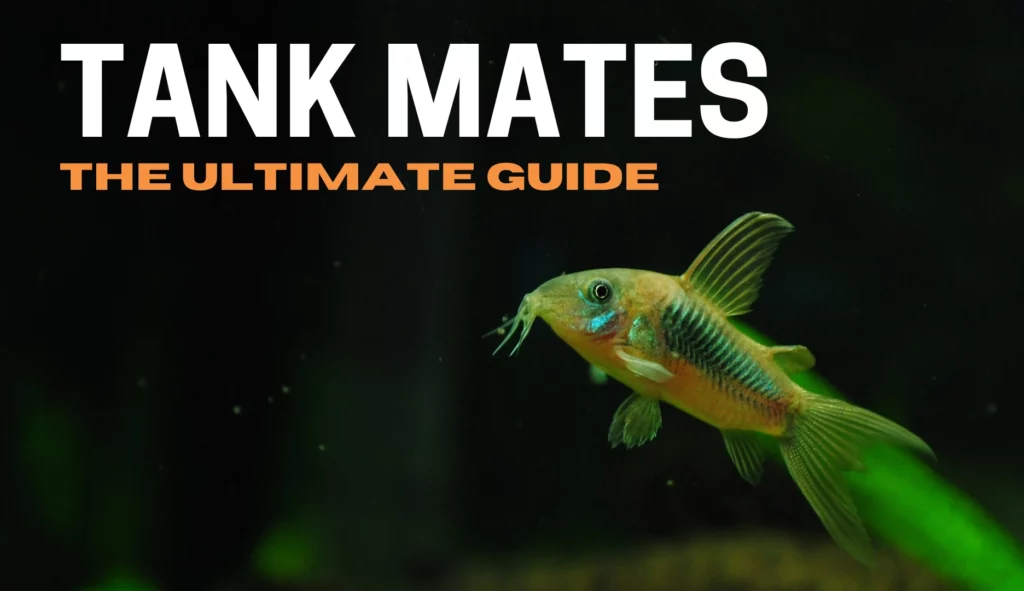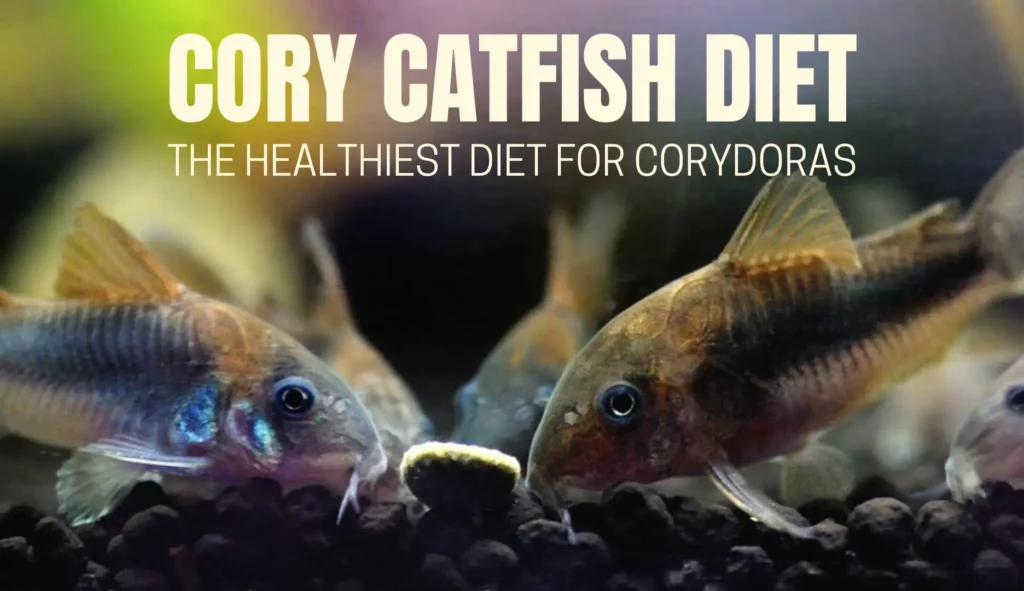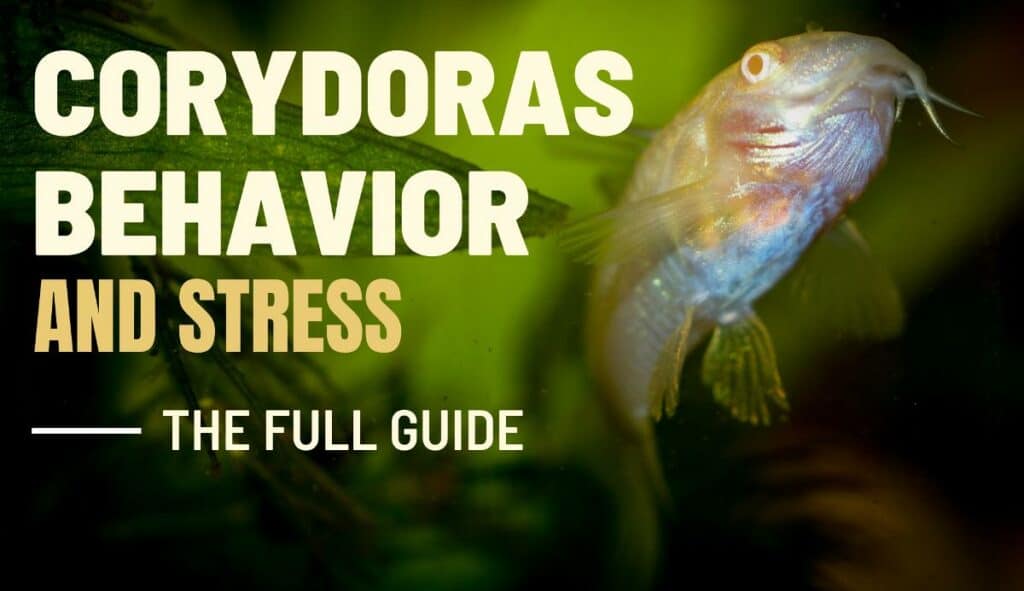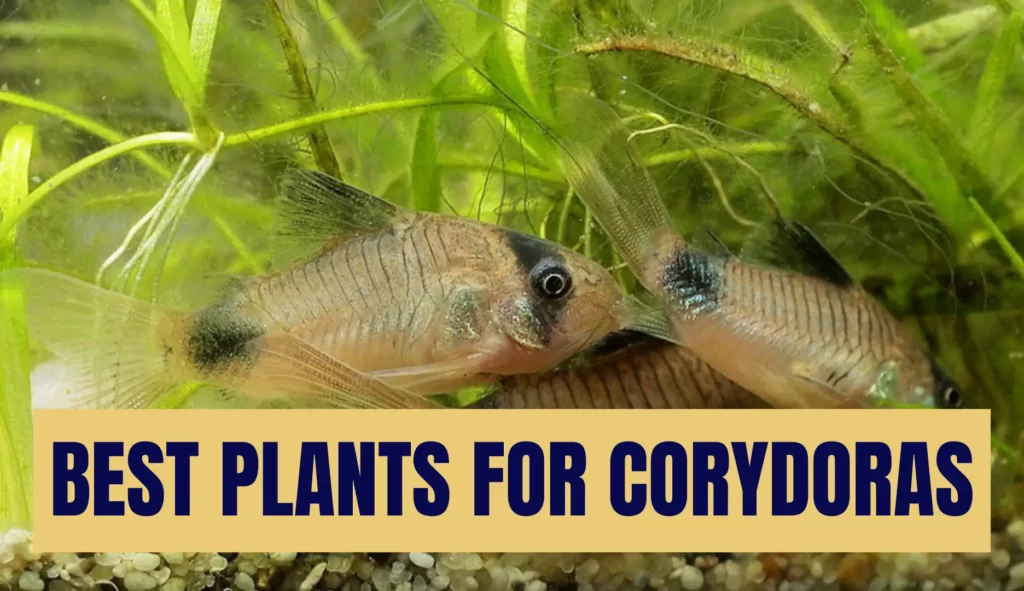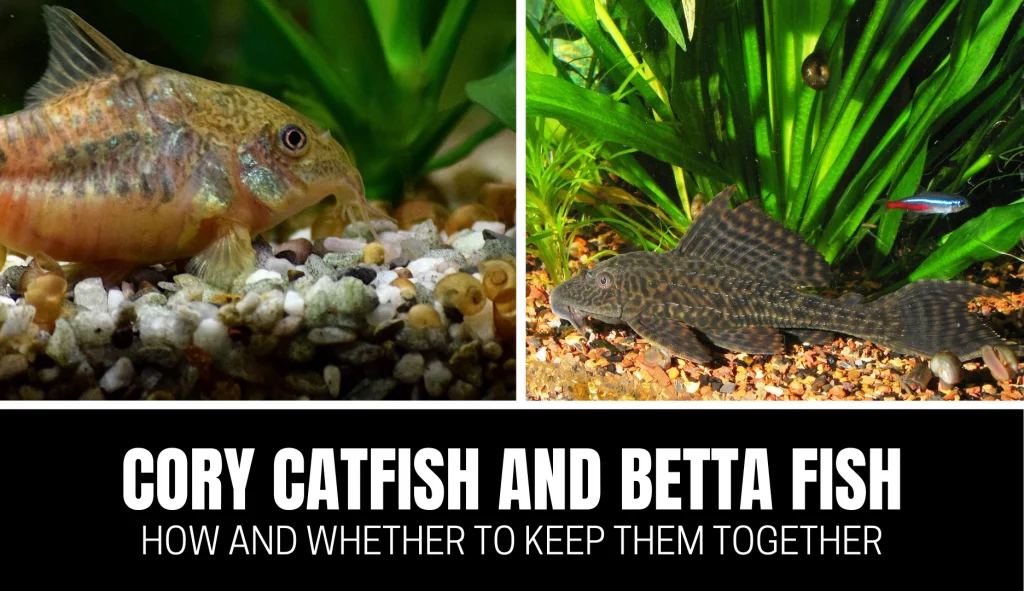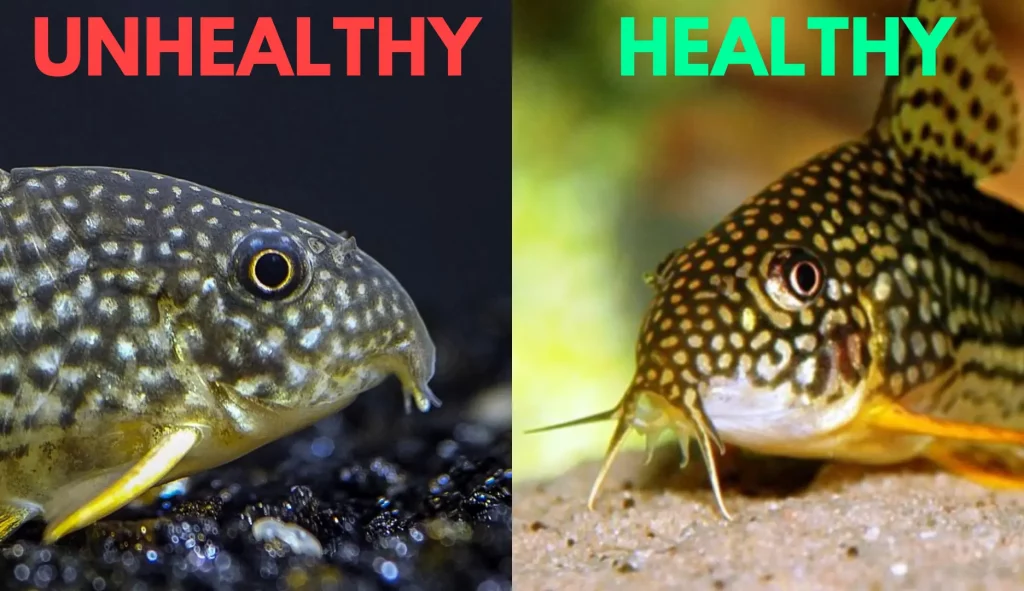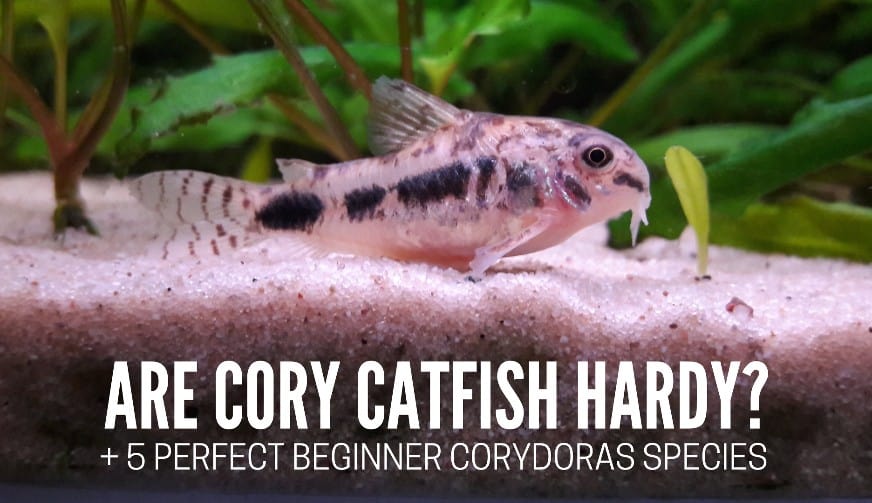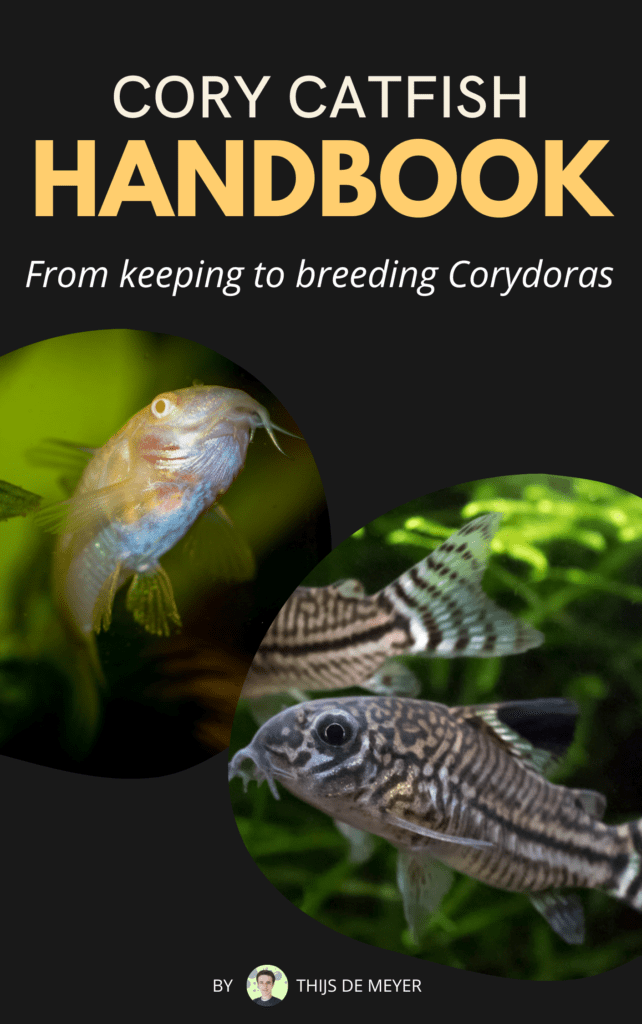Breeding bristlenose plecos is certainly an exciting thing to do. These fish are very flexible, and it’s very rewarding to see little fry growing up.
Here’s a full guide, from picking your fish to raising the babies, to breeding bristlenose or bushynose catfish
What bristlenose plecos actually are
The most common bristlenose pleco species in the aquarium hobby is Ancistrus cf. cirrhosus, often wrongly called Ancistrus dolichopterus.
Even though 99% of all bristlenose plecos you’ll see is this species, there are 76 species of bushynose plecos!
They differ in size, color and appearance, but have one thing in common: they develop bristles.
Other relatively popular types of bristlenose plecos are the peppermint bristlenose pleco and Black Eyed Yellow Bristlenose (False L144). At the end of this guide, there’s a part about crossbreeding bristlenose plecos (skip to the part using this link).
We’ll be talking about how to breed Ancistrus cf. cirrhosus in this guide, although a big part of this information also applies to the rest of Ancistrus species.
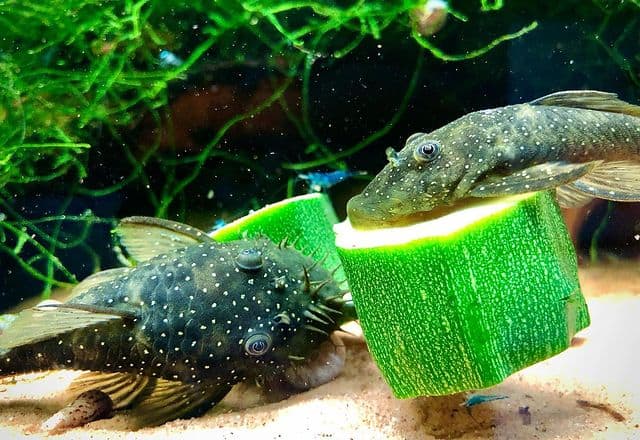
Is breeding bristlenose plecos hard?
Breeding bristlenose plecos is not hard and actually fairly easy. Once your pair has formed, they will keep spawning and it will be hard to stop them. It does take hard work, to raise the fry and make sure your plecos don’t get exhausted.
The famous Rachel O’Leary even once said “The only thing you need to do when breeding bristlenose plecos is adding water”.
That might not be the best representation, as they certainly deserve more but you got the point ;).
Step 1: Tank setup
Before even considering to breed plecos, it’s highly important to make sure you have the proper tank in place.
You really don’t want to end up with 200 baby bristlenose plecos in a 10 gallon tank.
I recommend a breeding tank that’s at least 20 gallons for a pair. If you want to have more specimens, upgrade to a 30 gallon tank.
An important thing to think about is whether you want to be raising the pleco babies with the parents. A 30 gallon tank will obviously be able to hold way more fish.
Filtration
Normally, I always suggest to pick a sponge filter when breeding any kind of fish. However, it’s no secret that these fish are big polluters. Yes, they poop A LOT.
Especially in a breeding environment, you want to make sure that the water is super clean, to insure the health of your pleco babies and parents.
A sponge filter often times is just not powerful enough, and I suggest to pick a cannister filter that does 5-10x the volume and hour.
Make sure to cover the filter inlet with a sponge though, because otherwise the pleco fry might get sucked.
Plants & decoration
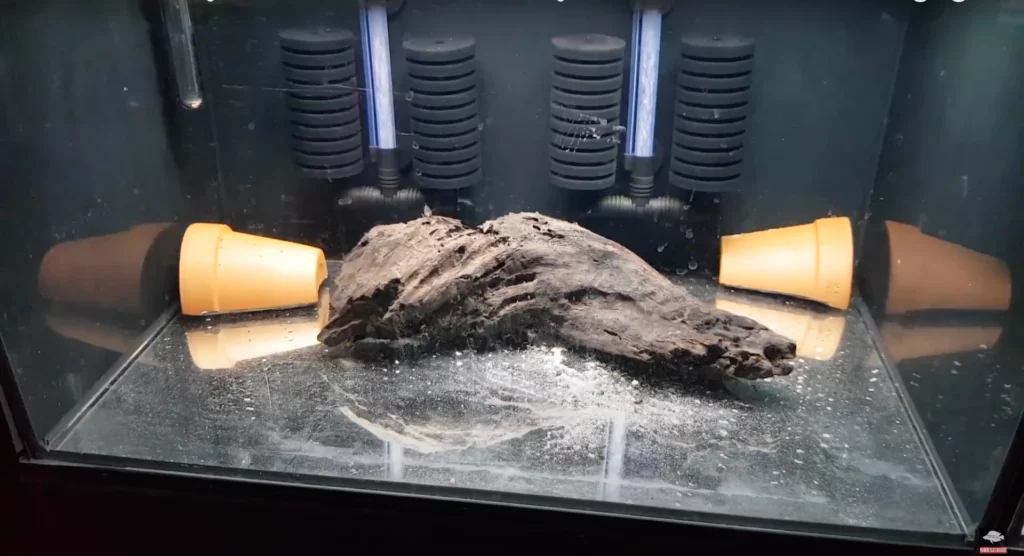
If you have a pair of bristlenose pleco, the only thing I really advise to have is some driftwood. It’s both great for the young and for the adults to eat off of this.
You don’t want your breeding tank to be some sort of aquascape, because that is not practical. In fact, I recommend to either keep it bare bottom or a thin layer of sand.
Plants are great hiding places, and I’ve found java moss to be a great plant because you can move it easily. On the wood you can also grow some Anubias.
Conclusion: plants and decoration are great, but keep it simple.
Pleco caves
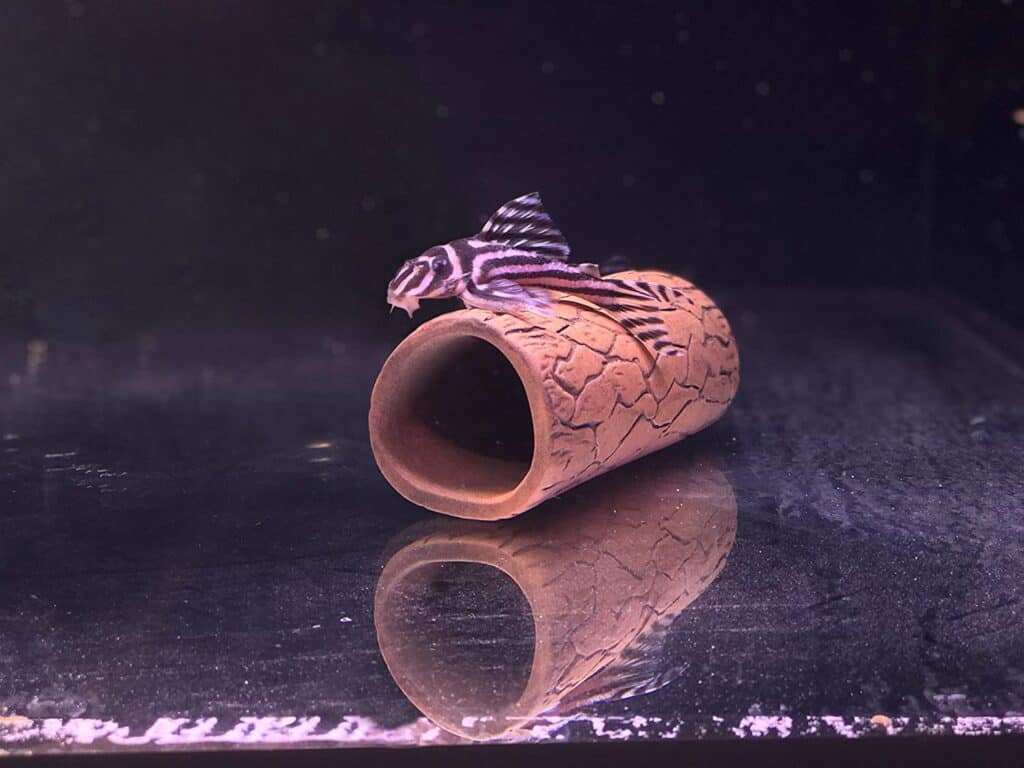
Pleco caves are one of the most important things when breeding bristlenose plecos.
There are alternatives on the market, but none are as easy and productive as pleco caves.
These are caves especially developed to breed plecos, and your male will prefer such cave to breed in. It’s also very easy to check in on the fish with a lamp.
I suggest to have at least one cave per fish, but if you have a pair one cave may suffice. Once you have more males, having more caves than males is not a luxury. High Quality Caves On Amazon
Step 2: Picking Your Breeding Pair/Group
Sexing bristlenose pleco
When the males become sexually mature, they develop big bristles on their nose and head.
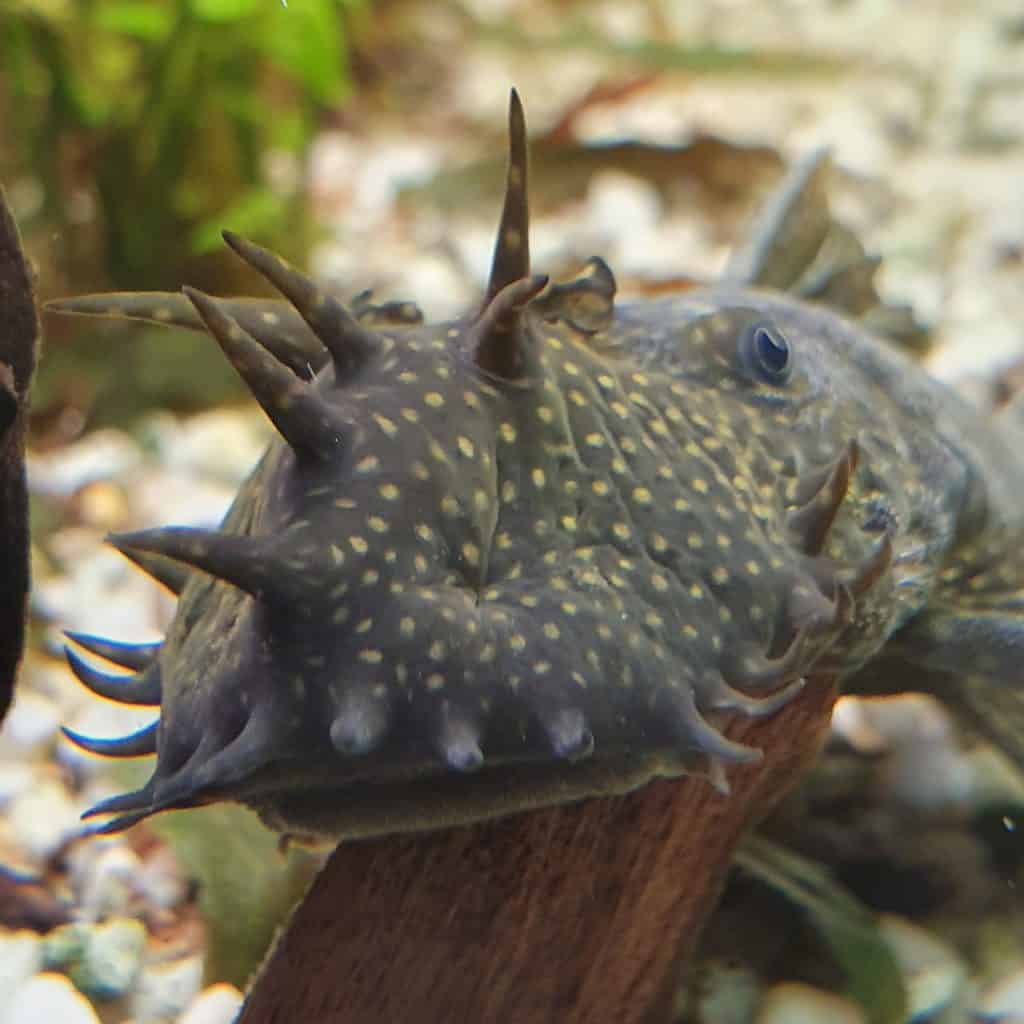
Very mature females may also grow some bristles, although these will not nearly be as long as those of the males.
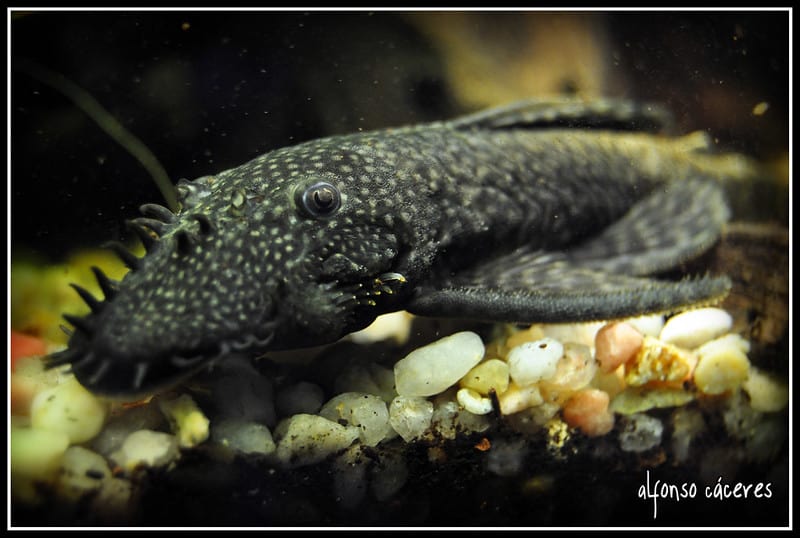
Looking closely at the pectoral fins of males, you might also see some odontodes.
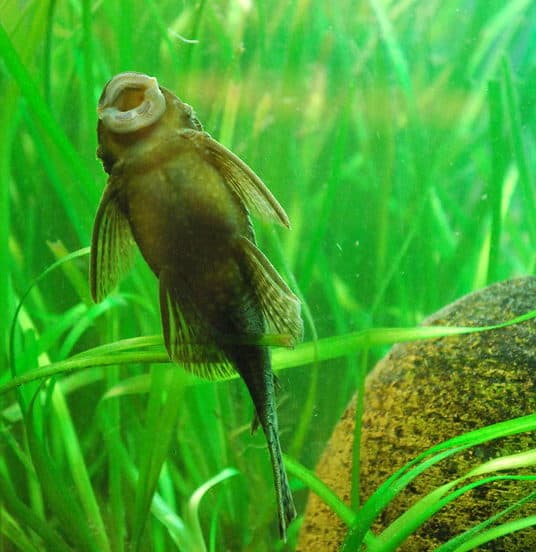
Lastly, males will have a broader head, and a more spear like body shape. Females tend to have a more drop-shaped, rounder body.
Ideal ratio
The ideal ratio for breeding these fish is one male to two or more females. This will give you the most offspring. In a big tank, you can house a group of 5-6 animals, like 2 males to 4 females.
It’s known that sometimes multiple females can enter the cave and lay eggs. Very experienced males can handle 3 females at once!
There is a danger to this though. Because these fish are so easy to breed, the male might actually exhaust himself by constantly breeding.
Keep in mind that during breeding, the male will hardly eat and is continuously guarding the eggs.
It is useful to give your male some rest in between spawns, by placing the female(s) in another tank, or removing the cave for a while.
If you have multiple males, this is less of a problem as they can breed alternately.
I’ve even heard stories who had succes breeding one female to two males. The breeding process is harder on the males, so the female can visit one male while the other is resting. I haven’t tried this myself though, and it might be too big of a risk for unexperienced keepers.
Sexual maturity
Before even considering to breed bristlenose plecos, make sure that your plecos are ready to spawn.
Bristlenose plecos become sexually mature at the age of around 1 year and 3 inches of length. Males will start developing their bristles around this time. It’s best for the animals to only start breeding at 1.5 years of age, as this demands a lot from them.
Step 3: Diet and conditioning
During breeding, feeding the parents nutritious food is extremely important.
Males will have to ‘recharge’ during spawns, and females need a lot of nutrients to make eggs.
I recommend a diet of vegetables, like green beans and zucchini, with some protein in the form of high quality Hikari pellets as an addition.
Repashy is what I like to feed to my zebra plecos. It’s super easy, and I’ve yet to find a single pleco that doesn’t eat it! Check it here.
Step 4: Spawning
As we’ve discussed, this is a fish that’s not hard to spawn at all. Given the proper conditions, your plecos will start spawning by themselves.
If you really can’t make them spawn, performing. a water changes will do the trick.
Perform a 50% water change with slightly cooler tap water with your conditioned fish. Have some patience, and your plecos will spawn.
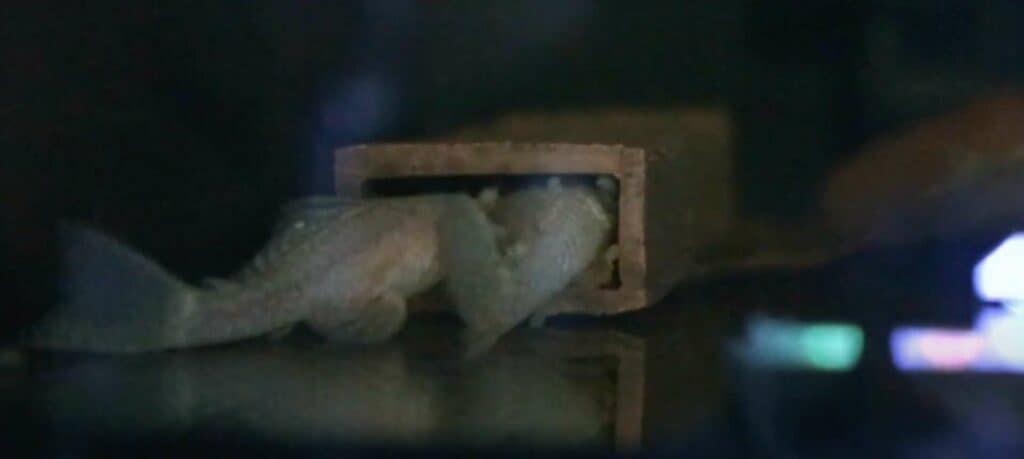
The spawning process
The female will usually be the one to be interested in the males cave. You can predict a spawn because the female will hang around the male’s cave more often.
The male will let the female enter his cave. The female will lay her eggs, which the male will fertilize.
This usually takes a couple of hours, after which the male kicks out the female. He’ll protect the eggs from any other fish.
Bristlenose pleco eggs
You can recognize Ancistrus eggs by their orange color, and they stick together in a clutch. The egg diameter is about 2-3mm (just after laying).
A female can lay anywhere from 40 to 140 eggs, depending on her size, experience and conditioning.
I advice to leave the male caring for the eggs. Only if the male keeps eating his eggs or he kicked them accidentally out of his cave, you’ll need to hatch them yourself
The eggs will hatch in around 5-7 days.
How to hatch pleco eggs
Two things are key to hatching the eggs successfully:
- Water circulation
Make sure the eggs are hatching in freshly oxygenated water, use an airstone or even better, an egg tumbler.
- Picking out the bad eggs
Unfertilized eggs will start infecting and you’ll have to pick out the bad ones as soon as possible. Do this using tweezers.
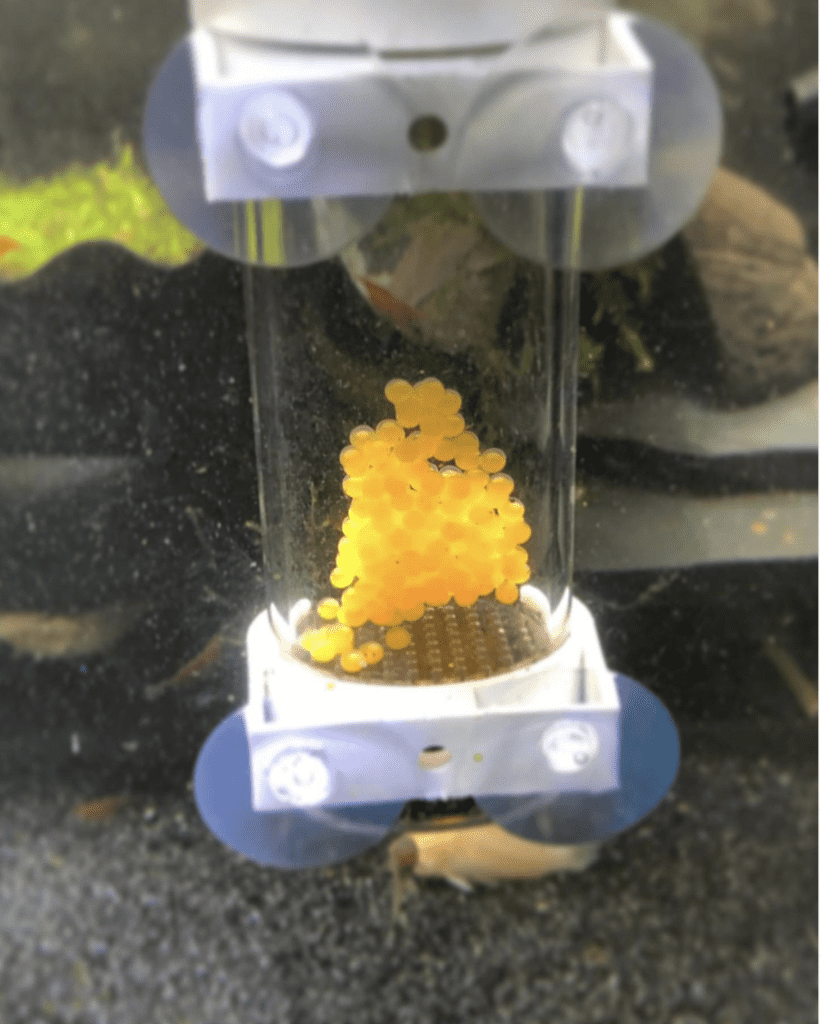
Quick fact: it's often said that bad eggs develop mold. This isn't true. Unfertilized eggs will develop bacterial infections, not mold.
Raising the fry
The first days of their lives, the pleco fry will look like this:
They don’t look much different from the eggs, and the orange part is their yolk sack. For a couple of days, the fry will live off of their yolk sack and you’ll see it shrinking down.
During this time, the fry doesn’t need food. When their yolk sack is consumed, the fry will leave the cave looking for food.
After they have consumated the yolk sack, you can start by putting in a piece of wood and catappa leaves. Both are great first foods for their digestive system.
Raising the fry in their own tank
Raising the fry in their own separate grow-out tank is great because you can monitor the fry way more easily.
Also, when the babies are ready to sell, you can catch them without stressing out the parents.
Lastly, you can feed more and do more water changes, without disturbing your adult fish.
Setting up a grow-out tank is a fairly easy thing to do, and is very similar to a breeder setup:
- 20 gallons or more
- Strong filter
- No bottom is best to keep the tank clean
- Some wood, but not to much decorations as it is not practical
Pulling out the fry
In order to raise the fry in their own tank, you have to pull the fry before they leave the cave. Otherwise, it will be almost impossible to catch them.
You do this a couple days after the fry has hatched, by moving the cave with the male and fry gently in a seesaw motion in a separate tub. The young fry isn’t strong, and will fall out while the male will hold on to the inside.
Keep the fry in a breeder box, until a couple of days after they started feeding on normal foods. Then you can release them into the grow-out tank.
What to feed bristlenose pleco fry
After you have transfered the pleco babies to a new tank, it’s time to heavily feed them.
Make sure the fry always has access to fresh vegetables. Here’s a list of great vegetables for bristlenose pleco babies:
- Zucchini
- Pumpkin / Squash
- Green beans
- Carrot
- Sweet patato
- Peas
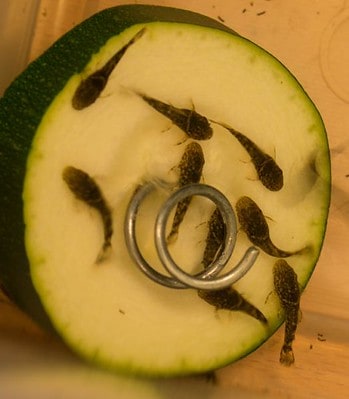
In fact, I have a full article on feeding plecos vegetables. Click here to read it.
I don’t like feeding salad, spinach and cucumber. These vegetables firstly are very high in water content, and they break down really fast creating a big mess in your tank.
For small pleco fry, it’s handy to blanch the vegetables (the hard ones like zucchine and squash) briefly so the fry can scrape off the meat more easily.
Again, Repashy is also one of the best foods to give your pleco fry. They even have a special fry formula. It stays well just as long as vegetables, if not longer!
Overall, the fry eats just about the same as adults but feeding high quality food is even more important to make them grow fast.
Pro tip: separate big and small fry
One of the things you can do if you want to take breeding these fish a step further, is separating the slow growing fry from the fast growing fry.
If you notice big size differences in your group, which is inevitable if you keep multiple spawns in the same tank, you can start dividing them into two groups.
Obviously, this requires another tank, but I’ve found this method to make the smaller fry grow way faster.
Culling bristlenose pleco fry
Unfortunately, there’s always a chance that some fry is born with a defect.
In this case, it’s better to cull (kill) the animal. Otherwise, you’ll leave it in a life full of misery and suffering.
To do this I recommend against freezing them or flushing them down the toilet. Instead, use clove oil. Set up a separate container with some drops of clove oil. It will put the fish asleep in a peaceful way.
The ideal water parameters for breeding bristlenose plecos
When it comes to water parameters, Ancistrus catfish are very flexible, even when it comes to breeding.
Here are the parameters I suggest for breeding bristlenose plecos:
Temperature: 73-77°F (23-25°C)
pH: 6-7.5 (for triggering, more acidic water helps)
KH: 6-8
GH: 2-10
Crossbreeding bristlenose plecos
The normal bristlenose pleco actually comes in a ton of varieties, which can interbreed.
Varieties like albino, longfin and super red can breed with each other and produce viable offspring. Crossbreeding Ancistrus cirrhosus varieties is not bad for the hobby, although you might have a hard time getting sold the hybrids.
Did you know that even if you breed two wild color bristlenose plecos, around 20% will be albino? This is because through the years, almost every black pleco is carrier of the albino gene.
How to breed bristlenose plecos for profit
Maybe you’re now thinking: “but how will I sell the babies?”, well, that’s what this part is about.
Bristlenose plecos are one of the best fish to breed for profit, because of two reasons:
- They’re hardy, and reproduce super easily with lots of offspring
- They’re almost always in demand
Ofcourse, you won’t get rich off of this, but you can certainly make an extra buck to support your hobby.
Finding the buyers
We’ve covered it all: from picking the parents to raising the fry super fast. But now: how do we sell the babies?
Selling to your local fish store
This is by far the best method to sell your baby bristlenose plecos.
Many fish stores will buy baby plecos, as they’re in high demand by customers.
This requires a strong relationship with your fish store, though as most stores can’t take fish off of all their customers.
It’s also important to see the difference between a local fish store (LFS) and a chain store. Don’t try to go to a PetSmart or Petco, as they’re tied to contracts and won’t take fish from customers.
Setting up a good relationship with your LFS is thus the key to success. The LFS will trust the quality of your animals and if you can bring them on a regular, that’s a plus.
Make sure to watch Cory’s video on this. He’s an aquarium store owner with actionable advice. After finishing reading this guide, of course. Watch here
One of the biggest disadvantages of this method is that many LFS only offer store credit and no cash. This makes it harder to keep a healthy balance and you won’t be able to cover things like electricity or supplies the fish store doesn’t have. Always try to negotiate for cash.
Selling online
If you don’t have a LFS nearby, you can sell your plecos online.
This will require some business sense, though as the market is much more saturated. It’s also quite a challenge to ship these fish.
Maybe make a Facebook page or YouTube channel to get people interested in your breeding program.
You can also use a site like Aquabid.com or Getgills.com to offload your fish.
Selling at your local fish club or on Craigslist
Your local fish club might have a special place where you can meet other keepers and sell them your fish. They sometimes even host auctions.
Breeding peppermint bristlenose plecos
The L183, Ancistrus dolichopterus or the starlight britslenose pleco is another type of bristlenose pleco that is very easy to breed.
One of the things that’s often done to make these fish spawn is by adding black water to the tank.
Black water is water which has become brown due to the tannins of leaves. These tannins have a lot of benefits, one of which is that it lowers the pH. It’s also anti bacterial.
You can buy black water, but I suggest to just buy catappa leaves instead. The plecos also love to eat the leaves. If you don’t like full leaves, you can buy catappa extract.
Summary: How to breed bristlenose plecos
Bristlenose plecos thrive if their own breeding tank is set up. A 20-30 gallon tank is perfect for a pair or trio. If you wish, you can add tank mates like tetras or rasboras.
One or more pleco caves is crucial for breeding, as the male needs those to trap the female and care for the eggs.
When picking a pair, make sure to pick mature fish of at least 1 years old. Males can be recognized by odontodal growth on their snout and pectorals.
When the fish are ready to mate, you’ll see the female hanging out around the male’s cave more frequently.
Noramally, the male takes over full care of the eggs. However, if he kicked them out or keeps eating them, you might use an egg tumbler to hatch them out yourself. Make sure to remove bad unfertilized eggs too.
When the fry is hatched, they will survive off their yolk sack for a couple of days, after which you can feed them catappa leaves and wood.
The fry will eat the same food as the parents, and is quite hardy. For the best results, you can raise the fry in their own separate tank.

